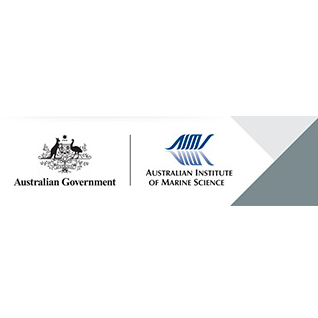Brief description
Each collection station is denoted by date, latitude and longitude. The data were sampled at several depths at each site: the number of samples was primarily, but not always, dependent on bottom-depth. A unique identifier has been assigned to each replicate.Variables: depth, dissolved inorganic phosphate (DIP), silicate, ammonium, nitrite, nitrate, dissolved inorganic nitrogen (DIN), dissolved organic carbon (DOC), temperature, salinity, particulate nitrogen (PN), particulate phosphorus (PP), particulate organic carbon (POC), zooplankton, total dissolved nitrogen (TDN), total dissolved phosphorus (TDP), Chlorophyll a, phaeophytin, Secchi disk. Weather information is recorded on swell and wind.Information about the methods used are in the Data Quality section of this metadata record.To collect information about water quality on the Great Barrier Reef. To assist in better defining the range of conditions within which reefs normally exist and the extreme conditions likely to cause significant changes in biological reef communities.
Chlorophyll a, PP, PN and Secchi data have been used for the e-Atlas: http://e-atlas.org.auData plot checks by year revealed seemingly abnormally high values of nitrogen-based parameters 1976-1987 with typical values >10 times those of later years. Since many other variables had no data for this period, the data for all parameters was restricted to the period 1988 to current.Methods are summarised in the data quality section of this metadata record.
Lineage
Maintenance and Update Frequency: asNeededNotes
CreditFurnas, Miles J, Dr (Principal Investigator)
Modified: 12 03 2024
text: westlimit=141; southlimit=-24.0; eastlimit=153; northlimit=-9.0
Water quality of the Great Barrier Reef: distributions, effects on reef biota and trigger values for the protection of ecosystem health: De'ath AG and Fabricius KE (2008) Water quality of the Great Barrier Reef: distributions, effects on reef biota and trigger values for the protection of ecosystem health. Research Publication No.89. Great Barrier Reef Marine Park Authority. 104 p.
local : articleId=7825
The spatial, temporal and structural composition of water quality of the Great Barrier Reef, and indicators of water quality and mapping risk. Report to Marine and Tropical Sciences Research Facility (MTSRF), Cairns: De'ath AG (2007) The spatial, temporal and structural composition of water quality of the Great Barrier Reef, and indicators of water quality and mapping risk. Report to Marine and Tropical Sciences Research Facility (MTSRF), Cairns. Australian Institute of Marine Science. 66 p.
local : articleId=7648
Catchments and Corals: Terrestrial Runoff to the Great Barrier Reef: Furnas MJ (2003) Catchments and Corals: Terrestrial Runoff to the Great Barrier Reef. Australian Institute of Marine Science & CRC Reef Research Centre. 334 p.
local : articleId=6477
Current status of nutrient levels and other water quality parameters in the Great Barrier Reef: Furnas MJ and Brodie JE (1996) Current status of nutrient levels and other water quality parameters in the Great Barrier Reef. pp. 9-21. In: Hunter HM, Eyles AG and Rayment GE (eds) Downstream Effects of Land Use. Queensland Department of Natural Resources. 444 p.
local : articleId=3278
e-atlas Secchi disk depth
uri :
http://e-atlas.org.au/content/secchi-disk-depth-measure-water-clarity![]()
e-atlas Water column chlorophyll
uri :
http://e-atlas.org.au/content/water-column-chlorophyll![]()
e-atlas Water quality guidelines for the Great Barrier Reef
uri :
http://e-atlas.org.au/content/water-quality-guidelines-great-barrier-reef-0![]()
- global : 0828edb9-b7b9-47f8-b4b6-43fa73a58867


